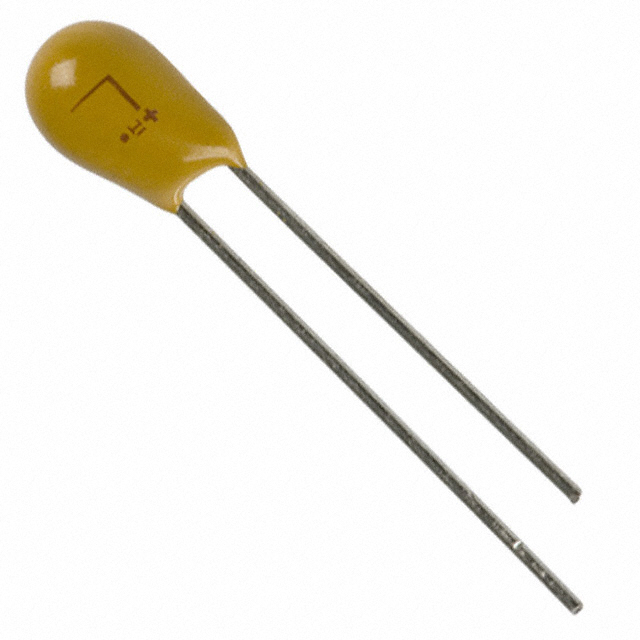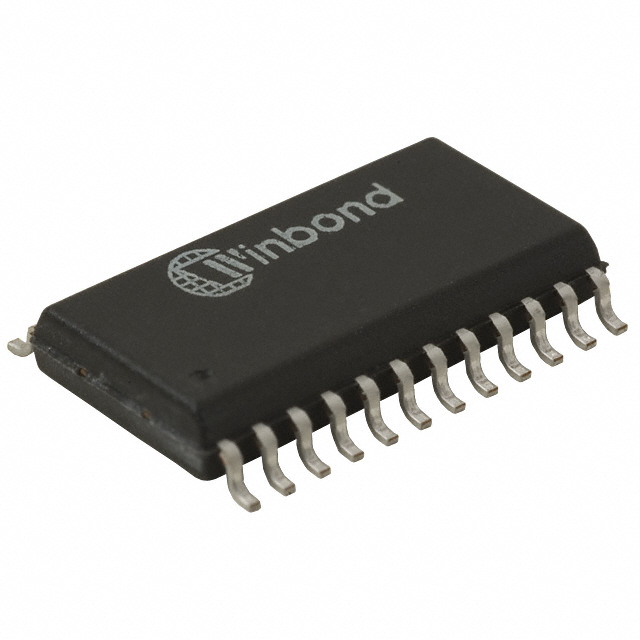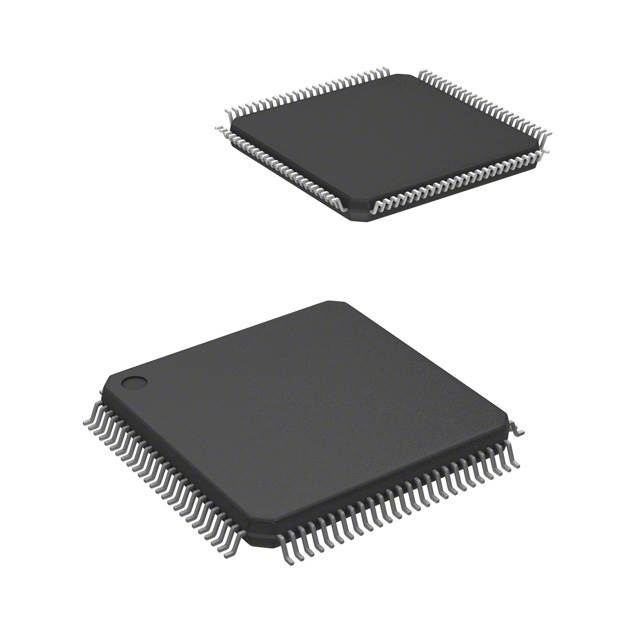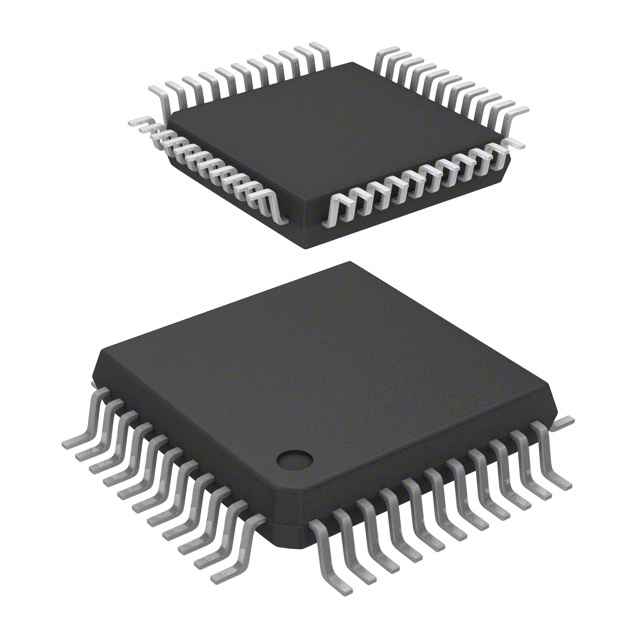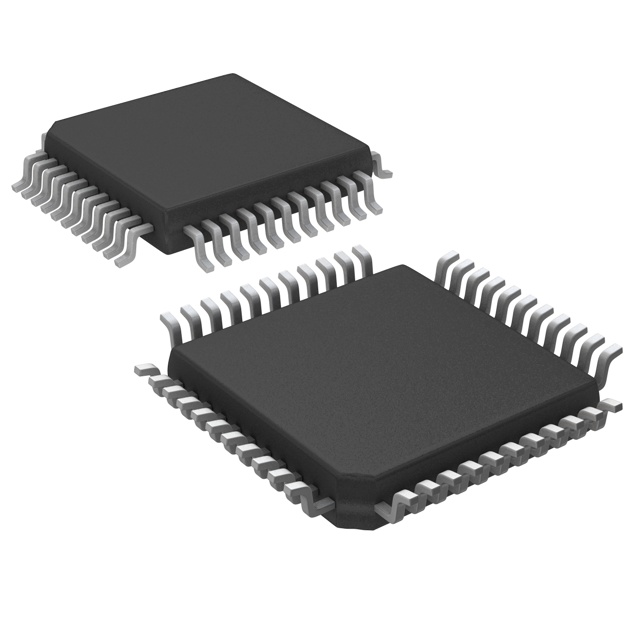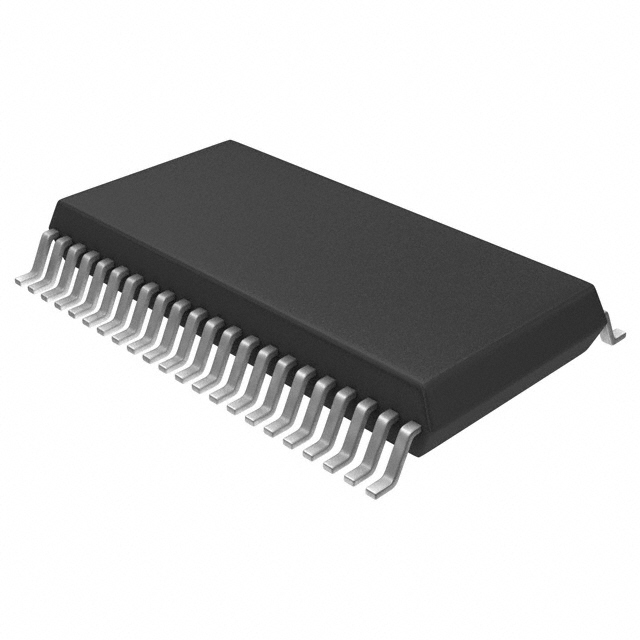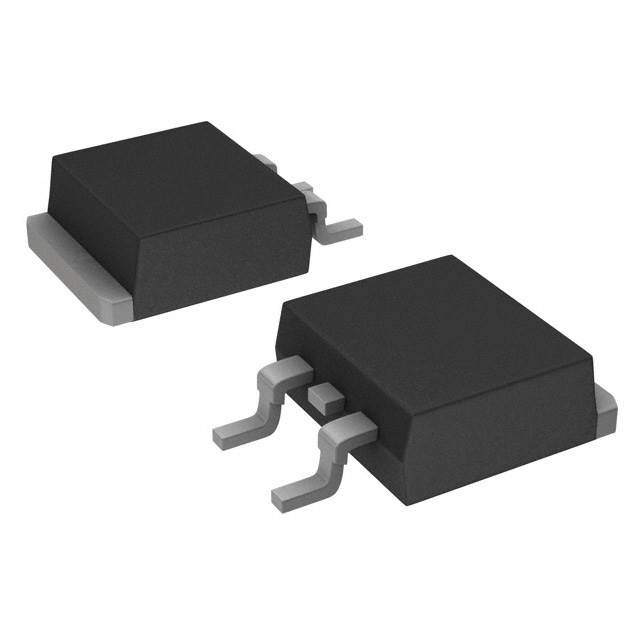ST2042BD
IC PWR SWITCH N-CHANNEL 1:2 8SO

D25K100
ADJ PWR RES 100 OHM 25W CHAS MT

D50K5R0
ADJ PWR RES 5 OHM 50W CHAS MT

TPS2015P
IC PWR SWITCH N-CHANNEL 1:1 8DIP

RES500
POT 500 OHM 12.5W WIREWOUND LIN

RJS2K5E
POT 2.5K OHM 50W WIREWOUND LIN

RHS10K
POT 10K OHM 25W WIREWOUND LINEAR












